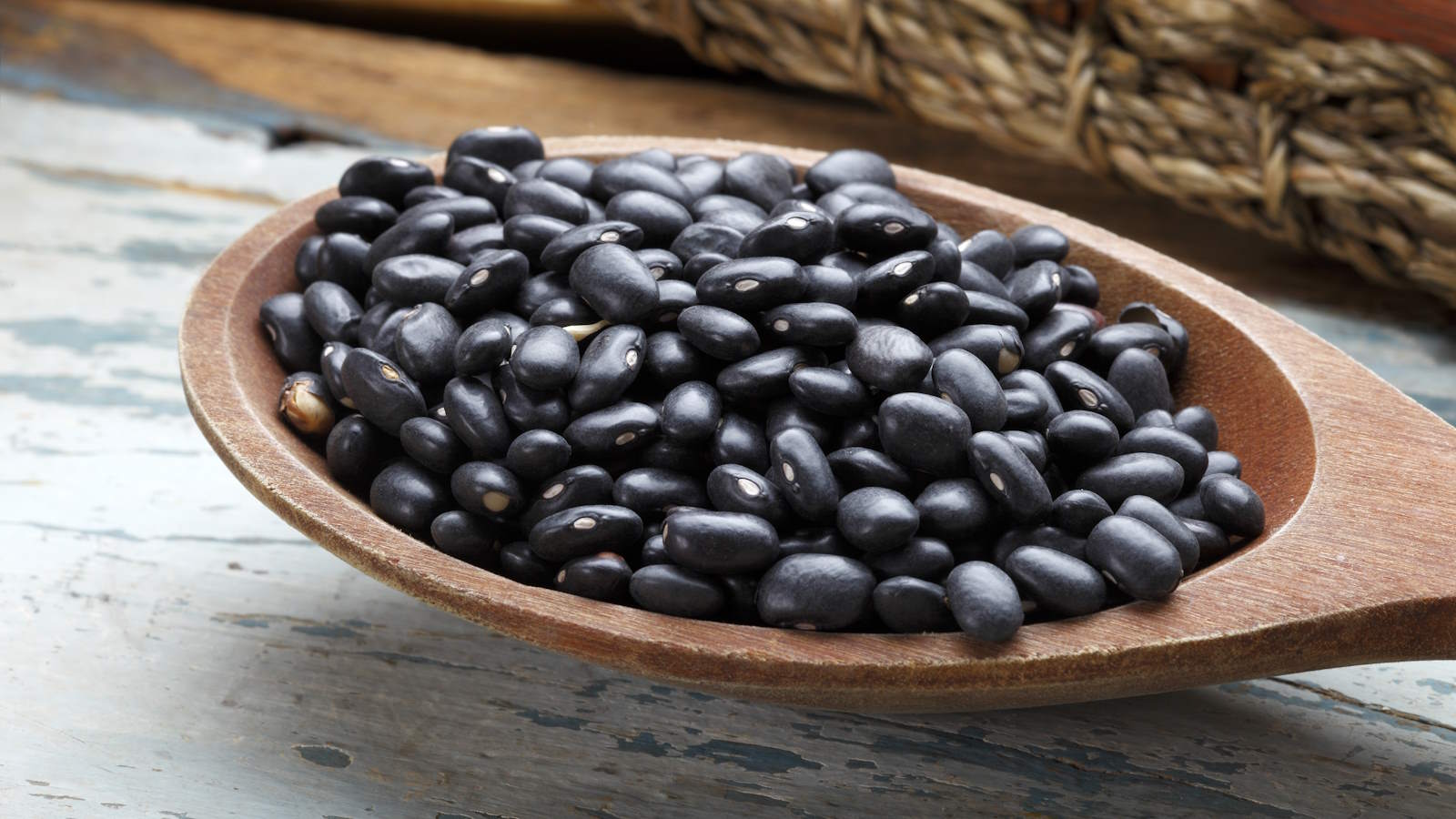
Black beans are a staple crop in the cuisines of central and southern America. They have been cultivated for thousands of years and plants are very easy to grow in backyard vegetable gardens.
Black bean plants go by the name ‘Phaseolus vulgaris’ and they are heat-loving crops that can thrive growing in vegetable garden beds, raised beds, or large containers. There are different types to grow – coming in pole or bush varieties – and can be an enjoyable vegetable to plant in any productive garden.
While many gardeners commonly grow french beans, snap beans, and fava beans, not as many tend to grow black beans. It leads to the question of why, as the crop is fuss-free and reliably produces a top harvest.
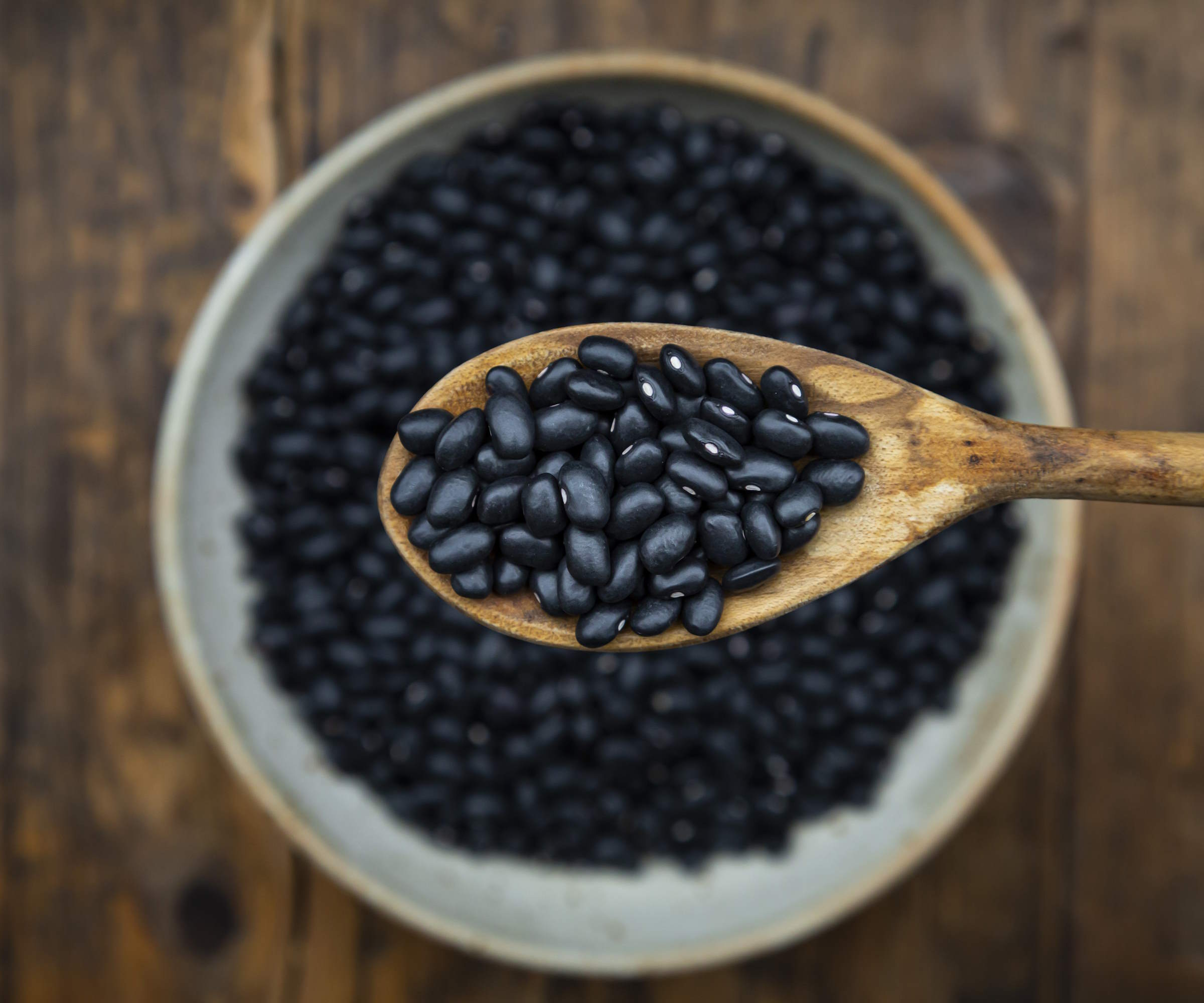
What are black beans?
Black beans are a legume grown for the dried beans harvested from inside the plant’s mature pods. The beans are a deep purple color and glossy when harvested. There are different varieties of black beans to grow, but the most common cultivar available to grow at home is ‘Black Turtle’ beans.
Where to grow black beans
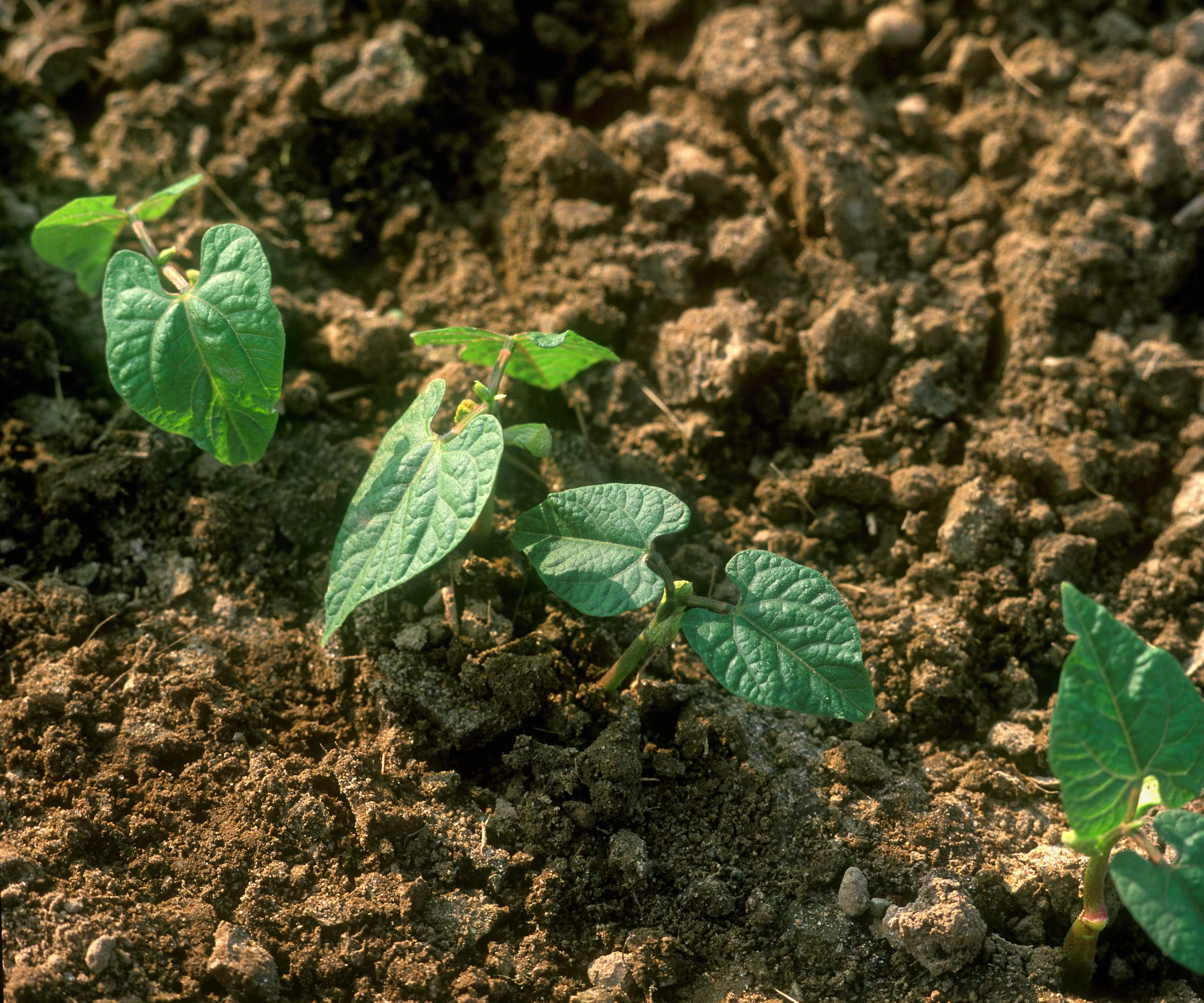
Black beans are a warm-season crop. They originate from central and south America so it will come as little surprise that they like warmth and lots of sun. The crop ideally wants to be planted in a spot that gets at least six to eight hours of direct sunlight each day.
Black beans are not vegetables to grow in the shade – they will not be happy and produce a good crop unless plants are given the desirable amount of sun. Whether you grow black beans in the ground, in raised beds, or in containers, getting the light levels correct is vitally important.
When it comes to the soil type that black beans grow happiest in, Ashleigh Smith, managing editor at True Leaf Market, recommends to, ‘grow black beans in loose, well-draining soil with a pH of 6.0-6.5’. It is best practice to test the pH of the soil ahead of time, to see if any amendments are needed. The soil fertility can be boosted by the addition of organic matter, such as compost or well-rotted manure, before planting.
As part of a crop rotation scheme, it is recommended not to plant black beans in the same spot where other legumes, including soybeans, kidney beans, and fava beans, were grown in the previous three years.
How to grow black beans from seed
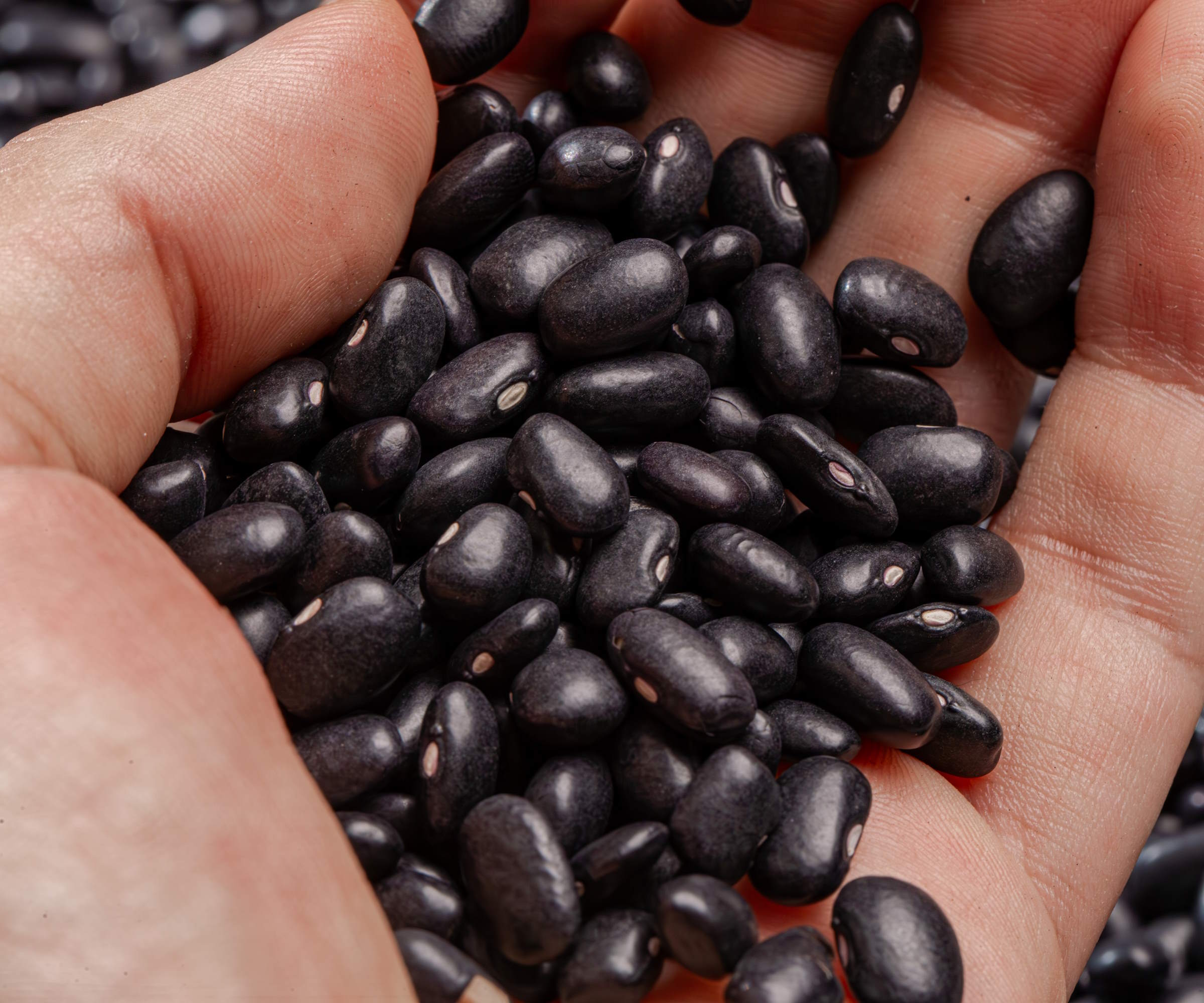
Black beans are sown in spring after the risk of frost has passed for your US hardiness zone. The seeds can be sourced online from retailers or local garden centers and may be referred to as ‘black turtle beans’ in many seed catalogs.
The seeds are best sown directly outdoors in the kitchen garden. Black beans do not respond well to transplanting, due to their shallow root system, so it is always best to directly sow them rather than sow the seeds indoors. Do not rush to sow, however, and wait until the soil temperatures reach at least 60°F in spring to plant black beans.
Adding a nitrogen-fixing inoculant to the soil before planting, or directly onto the beans, can help to provide nitrogen to the plant and result in stronger bean plants. An example of such a product is this nitrogen-fixing inoculant available at Walmart.
To help improve germination rates, Ashleigh Smith advises soaking the beans in water for 8-10 hours ahead of planting - or even pre-sprouting the seeds.
To pre-sprout the beans, she explains: ‘Wrap them in a damp paper towel. Place it in a bag, wrap it with a towel, and set it over a heating pad or mat. Once the seed has germinated, position it in the ground.’
As for how to plant black beans, whether they have been pre-sprouted or not, Grace Book, retail store and operations manager for Rohrer Seeds, says: ‘It is best to plant seeds about 3 inches apart in a row and leave 18 to 30 inches between each row.’ The seeds want to be planted an inch deep in the soil.
Water the seeds after planting and keep the soil moist, but not waterlogged, as they germinate and grow. Keep a close eye on when to water plants as they develop and add a layer of mulch around plants when they are a few inches tall to retain moisture in the soil and smother weeds.
Packets of certified organic black beans to plant in your vegetable garden. These beans come in resealable packaging in various quantities and have been tested for microbes.
How to care for black bean plants
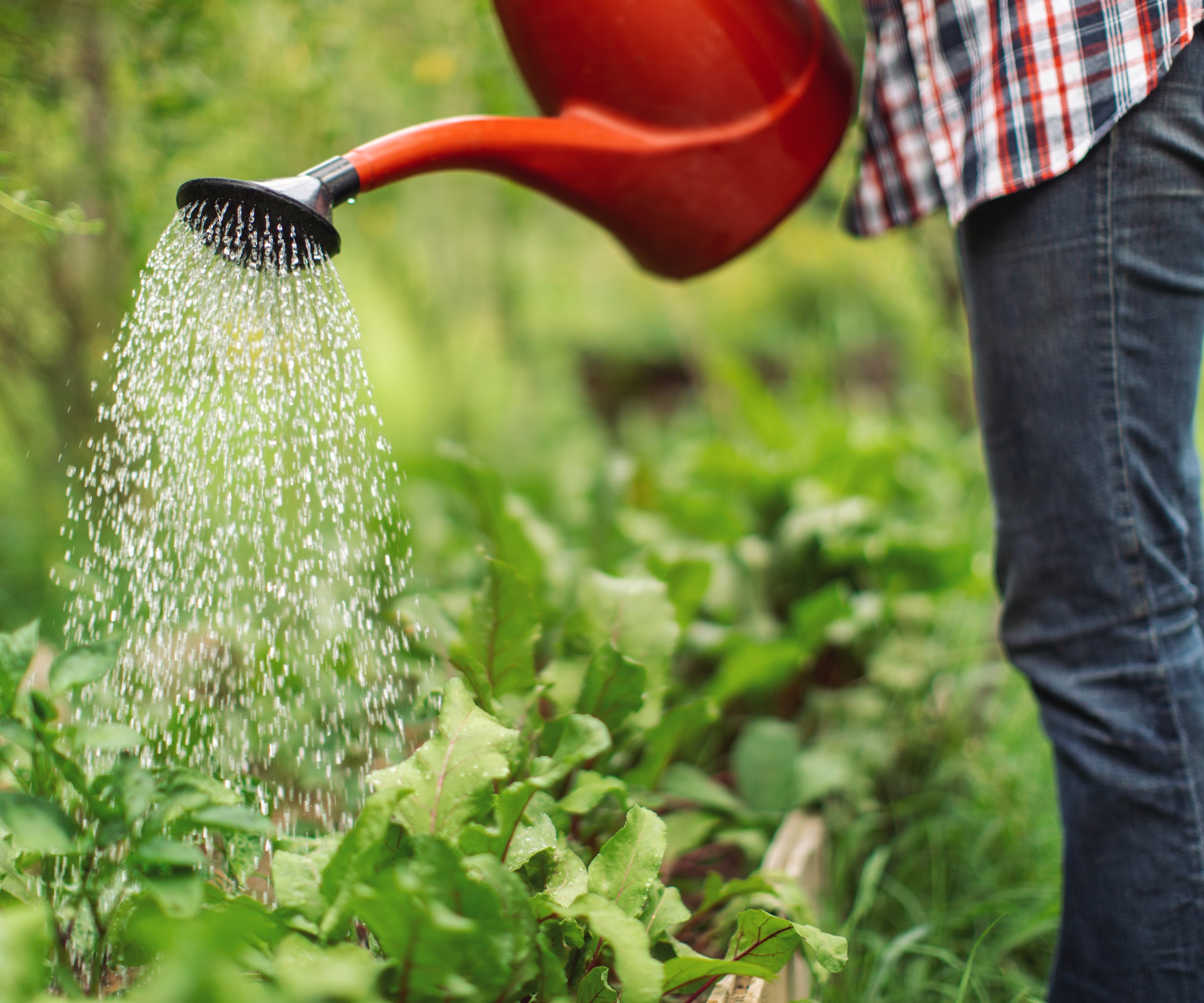
Black beans can either be grown as a bush bean or a vine bean, in which case the climbing plants need to be trained to a trellis or structure to grow. Growing vining varieties vertically gives you a more continual yield and there are options for a vegetable garden trellis to grow them up. This includes placing a trellis next to the plant or constructing a support from poles to tie the plant to regularly as it grows.
The crop is relatively simple to maintain, though watering will be a major task through the growing season. Grace Book says: ‘Water as needed when the soil is dry and provide extra water during the flowering stage, as pod production requires additional moisture.’ To water plants, always soak the soil and not the foliage, as this can leave the plant susceptible to fungal diseases such as powdery mildew.
Black beans do not tend to need lots of additional fertilizer during the season, especially if the soil is enriched with compost or other organic matter before planting. If the plants do need a boost, then use a balanced fertilizer designed for vegetables. ‘Take care not to over-fertilize, as it can cause the plant to grow in excess and prevent bean production,’ warns Grace.
Some pests can trouble black beans, including aphids and bean leaf beetles. If you do spot issues, then use a blast of water or insecticidal soap, available at Amazon, to get rid of aphids. Using companion planting around bean plants can attract beneficial predators and lessen the risk of plants having problems with pests and disease. For example, planting flowers such as marigolds and nasturtium can repel many pests.
How to harvest black beans
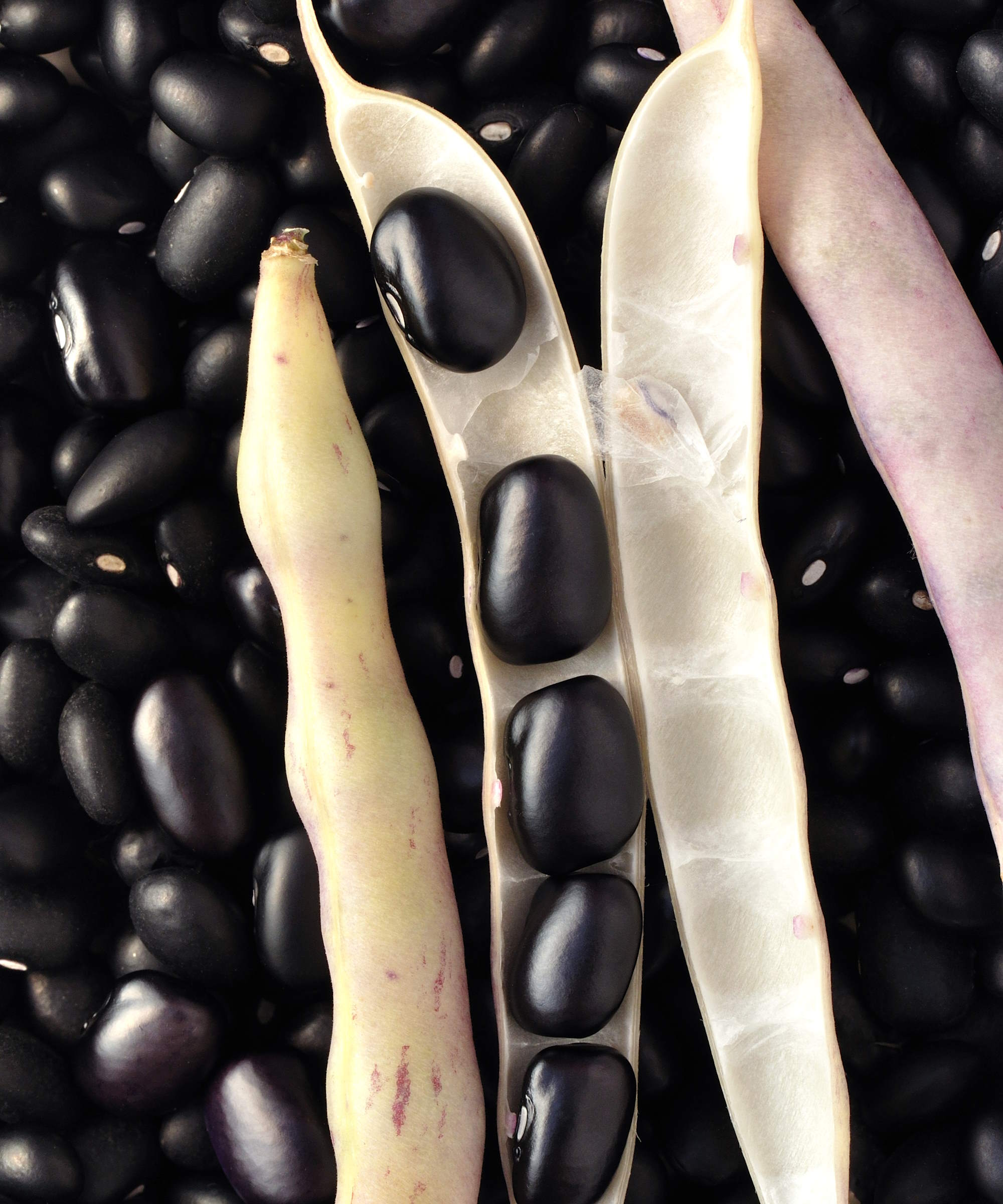
Black beans will tend to take 90-110 days to go from sowing the seed to being ready to harvest. The signs that it is time to harvest the beans will show on the pods, as they will have dried up and turned yellow and dry.
When this happens will depend on the type of black bean you are growing, as Ashleigh Smith advises. ‘For bush types, this will happen all at once, while pole varieties can be harvested throughout the growing season.’
Take care when harvesting pods from the plant, especially from pole varieties. Use a pair of snips or pruning shears to carefully remove pods from the vines and avoid tugging them, as that could be a harvesting mistake that risks snapping the plant or ripping it completely out of the ground. Continue to harvest pods throughout late summer and into fall and ensure to crop them all before your first frost.
Once you harvest the pods from the plant, shell the dry black beans from inside and use them for all your culinary desires within a few days.
How to grow black beans in a container
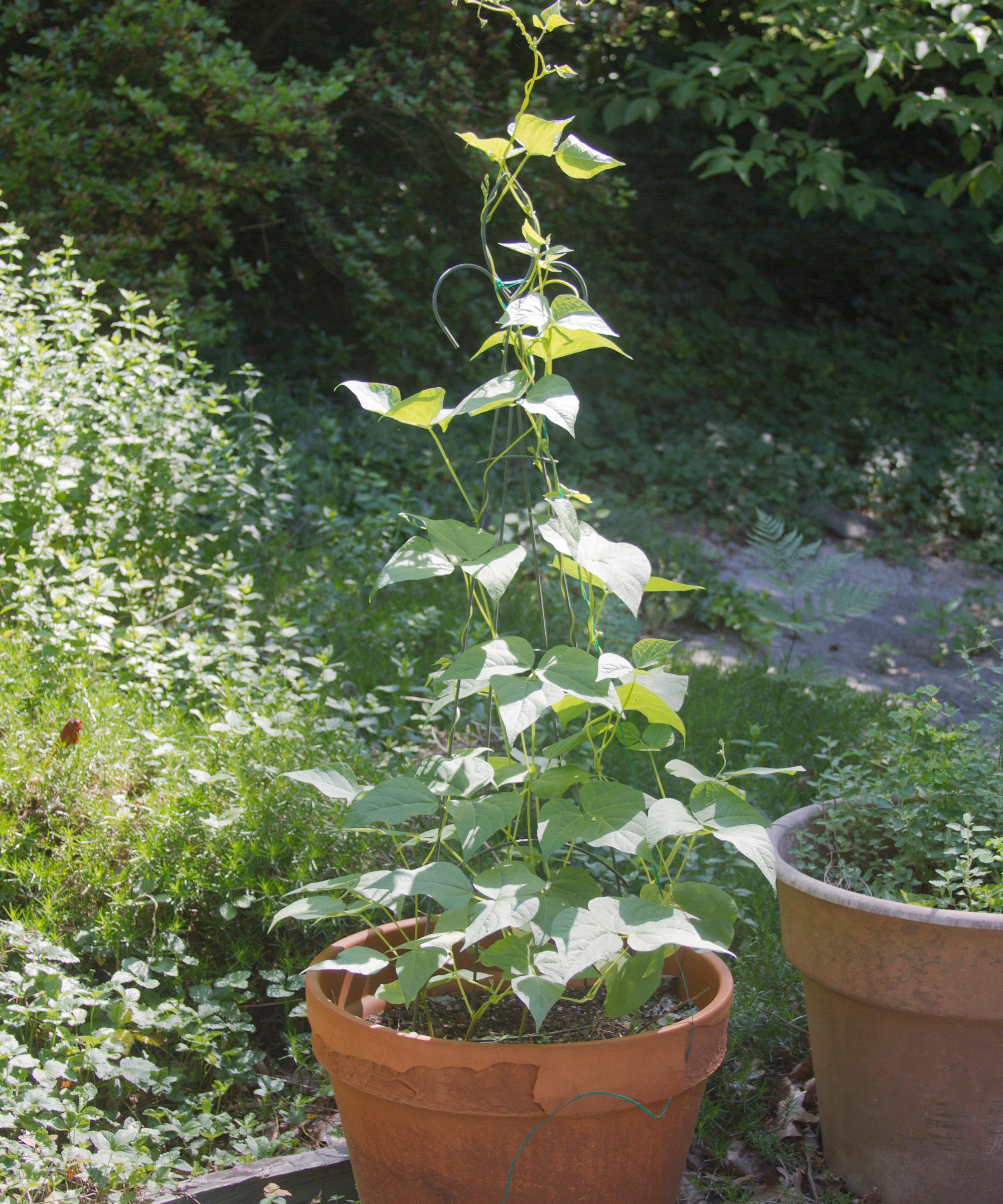
Black beans can be grown as part of a vegetable container garden. Bush beans are best for growing in pots, but pole varieties can also successfully grow in pots. Choose a large container to grow black beans in, such as one that is at least 12 inches wide and deep. Make sure the planter has good holes for drainage, and fill it with a good quality well-draining potting mix; we explore what to put in a planter for drainage in our dedicated feature.
Sow the black beans directly into the container and keep them moist. Plants in containers will need more watering than those in the ground, so regularly check the moisture levels a few inches under the surface with your fingers when watering plants in containers. Place the pot in a warm and bright spot in the backyard and feed it with a low-nitrogen fertilizer throughout the growing season.
FAQs
Can you grow black beans from dried beans?
Any black beans you purchase to grow the crop from are going to be dried, the plants are grown from dried beans as opposed to seeds. It is possible to grow black beans from dried beans bought at the grocery store, however, it it not necessarily recommended. The potential issues to planting such dried beans come from the fact you do not know the heritage of the bean. You will be unaware of the type of bean, if it has been treated with anything, or if it carrying diseases that you can potentially introduce into your backyard. Dried beans bought from reputable retailers will have good genes and also be certified disease-free.
Another legume that has been grown and eaten for thousands of years, but is not a common sight in vegetable gardens, is lentils. If you want to grow lentils in your backyard, they also want to be sown directly into a sunny spot and kept well-watered. The plants are simple to maintain and can be ready to crop as dried beans after 100 days.







